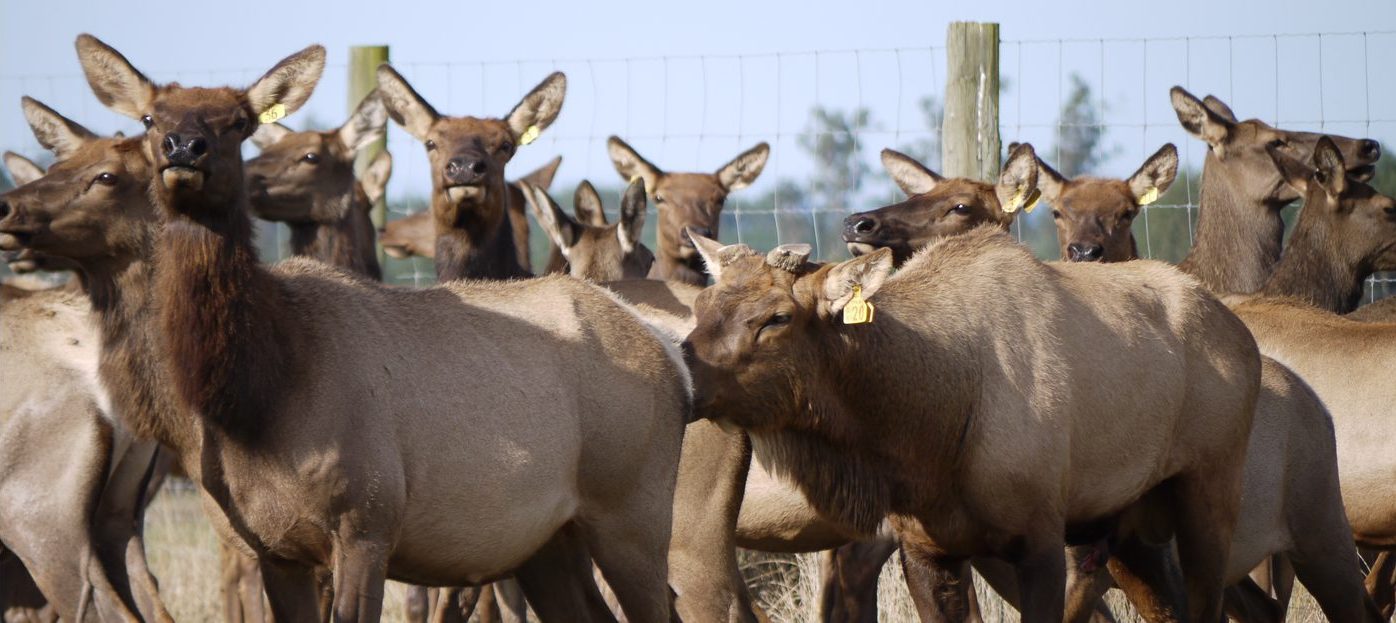
The feed requirement of stags during the roar has been less than half that of other times of the year. This is despite the huge energy investment that goes into protecting their patch and herding hinds (or fence pacing) as stags simply do very little eating over this time.
Consequently they lose up to 30% of their body weight (which we cannot prevent), so now is the vital time for weight recovery and then maintenance through the winter before things get ramped up in the spring to optimise velvet production. Thankfully this outcome can be readily achieved through targeted feeding. Underfeeding during this time can lower velvet yield by up to 10% and consequently, the stags may not reach their genetic potential.
That being said, the simple message is to feed well, but overfeeding will not deliver anything other than what is the stag’s genetic capability. Autumn-saved pasture +/or high-quality hay/silage or crop are suitable feeds for this period. However bulky forages, such as baleage, must be of the highest quality because of the limited rumen capacity at this time of year following the rut. During the rut, while feed intakes have been limited, the rumen size decreases, and it will again take some time to resume normal capacity and function.
When concentrate supplements are needed because of low autumn growth, they should be fed on an individual approach and spread out through the paddock (rather than trough feeding or lines) to reduce bullying and ensure even feeding. It is always best, if possible, to keep stags in their age groups and to allow adequate space for them to remove themselves away from the rutting area and recover without conflict. The beneficial nutritional effects will be enhanced if you can maintain these stable cohorts.
Heading into the winter and most importantly early August (before button drop), pasture silage is unlikely to remain adequate as the digestion process following pasture fermentation does not allow for enough protein utilisation. Alternatives are baleage made from legumes and chicory, fed ad-lib with the addition of grain (i.e. 1.2kg whole grain/head/day), or specialist crops such as fodder beet, swedes or processed feed nuts. While the potential for stag growth is limited in the winter, the feed demands remain high, as they have poor insulation and a high body surface area, meaning their high heat production is quickly lost.
Now is a good time to review your trace element protocols on-farm and to test to establish the stags’ reserves going into the winter. Winter feed can often be low in minerals and the risk of antagonism increases, especially if feeding root crops. Copper and selenium are the main minerals of concern, but they can easily and safely be supplemented with the use of slow-release products if necessary.
While it is considered best practice to limit your drenching of adult deer, Wapiti bulls and young red stags may likely benefit from an effective drench post-roar (i.e. late April/May) when their immune systems are compromised. With the emphasis being on an ‘effective’ drench, please do not be tempted into using a pour-on or a single-active drench. The ideal choice is a triple-active combination.
Written by Rebecca Pirie – Vetlife Alexandra